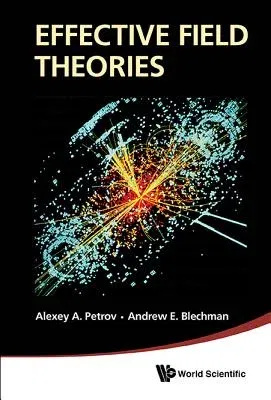Alexey A Petrov
(Author)Effective Field TheoriesHardcover, 18 November 2015

Qty
1
Turbo
Ships in 2 - 3 days
Only 2 left
Free Delivery
Cash on Delivery
15 Days
Free Returns
Secure Checkout

Print Length
320 pages
Language
English
Publisher
World Scientific Publishing Company
Date Published
18 Nov 2015
ISBN-10
9814434922
ISBN-13
9789814434928
Description
Product Details
Authors:
Book Format:
Hardcover
Country of Origin:
SG
Date Published:
18 November 2015
Dimensions:
23.37 x
15.75 x
2.29 cm
ISBN-10:
9814434922
ISBN-13:
9789814434928
Language:
English
Location:
Singapore
Pages:
320
Publisher:
Weight:
589.67 gm